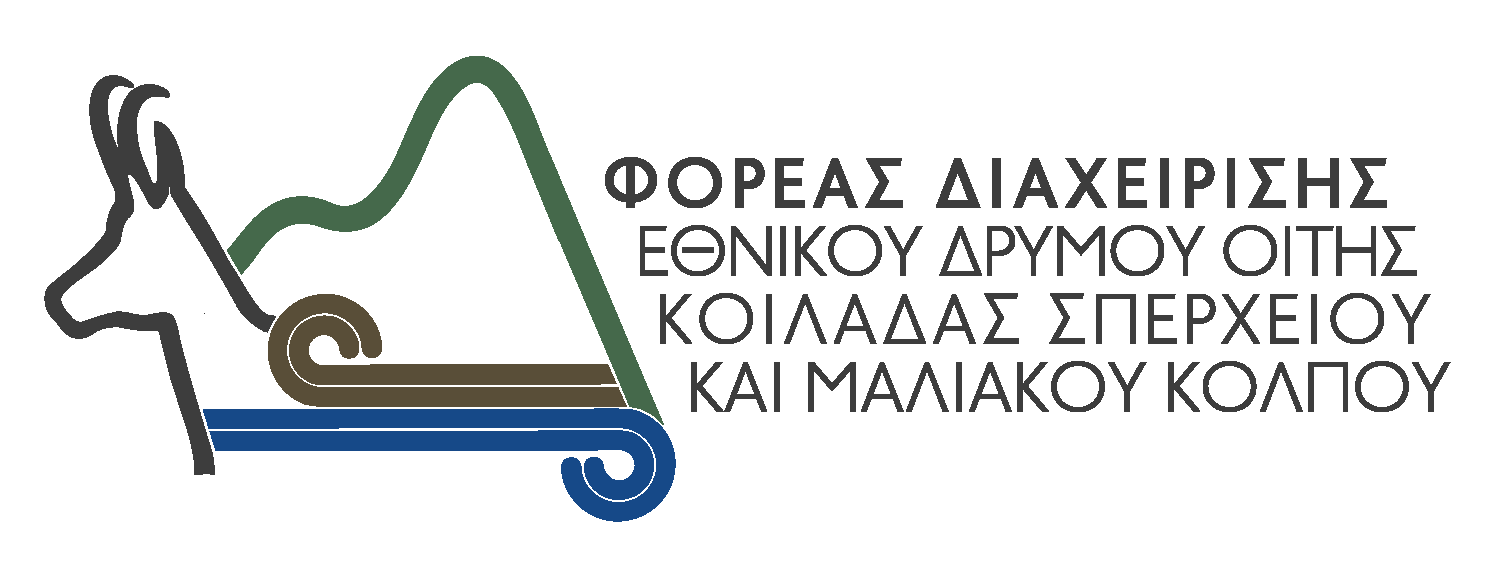As far as the avifauna of Oiti is concerned, it is a typical one of mountainous ecosystems and it mostly includes forest species and species nesting in sub-alpine pastures. What is characteristic is the presence of many species of woodpeckers such as the grey-headed woodpecker (Pinus canus), the white-backed one (Dendrocopos leucotos), the black one (Dryocopus martius) and the Balkan one (Dendrocopos syriacus). Specifically, though, the presence of the grey-headed woodpecker is extremely important, since Oiti hosts the southernmost species population in Europe.
The rock partridge (Alectoris graeca), an endemic European species that is classified as “Vulnerable” in the Greek Red Data Book, lives at high altitudes and steep rocky slopes with sparse bushy vegetation. Its most important threat is hunting, because even if it is threatened with extinction, it is a huntable species.
Several species of pseudo-alpine pastures that are found in Oiti include the ortolan bunting (Emberiza hortulana), a trigger species of the designation of the area as SPA (Special Protected Area), as well as the following: the shore lank (Eremophila alpestris), the eurasian skylark (Alauda arvensis), the tawny pipit (Anthus campestris), the alpine accentor (Prunella collaris), the black redstart (Phoenicurus ochruros), the northern wheatear (Oenanthe oenanthe), the common rock thrush (Monticola saxatilis) and the white-winged snowfinch (Montifringilla nivalis). The presence of several birds of prey is also important, as for example: the golden eagle (Aquila chrysaetos) and the short-toed snake eagle (Circaetus gallicus), both threatened species that are included in the Red Data Book. Among the nocturnal birds of prey, the presence of the boreal owl (Aegolius funereus), a small forest-dwelling bird, is of high significance, as in Greece it is a very rare resident, reported only in few localities.
Furthermore, the nesting of black stork (Ciconia nigra) at the foothills of Mt Oiti, is important, as this species is considered a rare and local visitor to Greece and to date nesting has been recorded mainly in Northern Greece and Thessaly.



